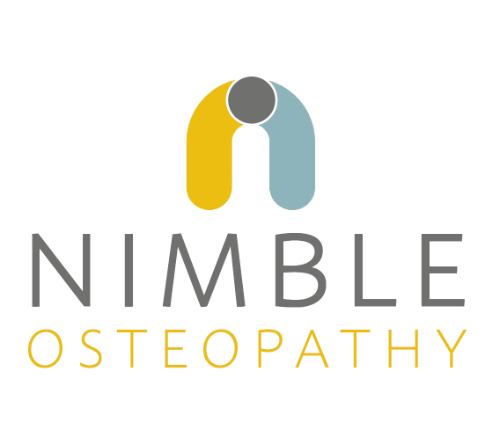
My style of exercise in the last 10 years has been gentle cardio or strength, enough to get my heart pounding and those endorphins flowing, but not quite a full sweat. Maybe this was because I didn’t have much more energy to give alongside the physical nature of my work, maybe, it was because I don’t really like to break a sweat! Who knows, but since we have been on lockdown, I have been bullied into changing my ways.
Under the frightful tuition of my business and life partner, Zac (see above picture), I have been (alongside my neighbours – at a social distance) boosting my mood and burning off those excess calories (who hasn’t been baking?!) three times a week for 15 – 20 minutes and boy has it helped.
High Intensity Interval Training (HIIT) has been doing the rounds for a number of years now, pretty much since Dr Mosely told us we could achieve the benefit of an hours exercise in 2 minutes. More recently however, the inability to visit the gym has meant that we are having to be more creative with our exercise, with little to no kit involved.
The great thing about HIIT training is that it can be tailored to your ability, whether you are young, old, fit or unfit. It is a great form of exercise to do solo as well as in family groups – although it may get competitive!
But by far the greatest benefit of HIIT is that is helps to protect you from modern diseases such as; type 2 diabetes, cardiovascular disease and obesity. If that weren’t enough of an incentive, regular strength exercise also helps:
(*REF: Book: Dr Chattergee, The Four Pillar plan, 2018)
- prevent muscle loss (sarcopenia)
- improve our immune function (by our killer cells) as well as age related
- reduction in stress and anxiety
- increased self esteem
- better hormonal balance
- better brain functioning
- ?anti ageing – an evidence base is building
All this is in addition to the fantastic endorphin hit you get on completing the exercise!
The basic principle of HIIT involves you performing a high intensity exercise, for a short burst of time. The physiological result of this is a temporary increase in cardiovascular output (which exercises your heart muscle) and a utilisation of carbohydrate stores (glycogen from your muscles and liver, as well as glucose from your blood). Depleting your stores of these fast fueling carbohydrates means your body becomes more efficient at burning your fat stores during exercise.
If all of that sounds a little too much for you right now, worry not
The benefit of getting in your 10,000 steps a day are also pretty impressive (*REF: Book: Dr Chattergee, The Four Pillar plan, 2018)
- Reduced risk of Alzehiemer’s
- Reduced risk of cancer
- improved mental well being
- better quality of life
- reduced risk of heart attack and stroke
- reduced risk of type 2 diabetes
If you are able to combine walking 10,000 steps with some light strength based exercises; calf raises, lunges, sit to stand, wall push ups, you will take advantage of some of the health benefits associated with strength/HIIT training, see note above.
What also comes out from the research is that a simple gym session is not an antidote to prolonged sitting. Breaking up periods of sitting with standing and light intensity walking had a hugely positive effect on insulin sensitivity in individuals with type 2 diabetes.
So for those of you who are working from home at the moment, make sure you get up regularly, do you really need to sit for all your tasks? Could you take phone calls while standing? or even doing light lunges?
One final note and word of caution. If you are not used to exercising, start slowly. Aim to walk your 10,000 steps a day, build up to doing a 10 minute strength session twice a week on top. Small changes produce big results long term and the last thing anyone needs to do right now is cause themselves an injury!
An example starter strength workout could be:
5 -10 squats
5-10 calf raises
5-10 push ups against the wall / on your knees/ full press up
5-10 tricep dips or push yourself up and out of a chair (that has arms)
5-10 lunges on each leg
If you are already a client at Nimble Osteopathy and would like more information on how you can start adding HIIT to your training, get in touch with us by email at hello@nimbleosteopathy.co.uk







Recent Comments